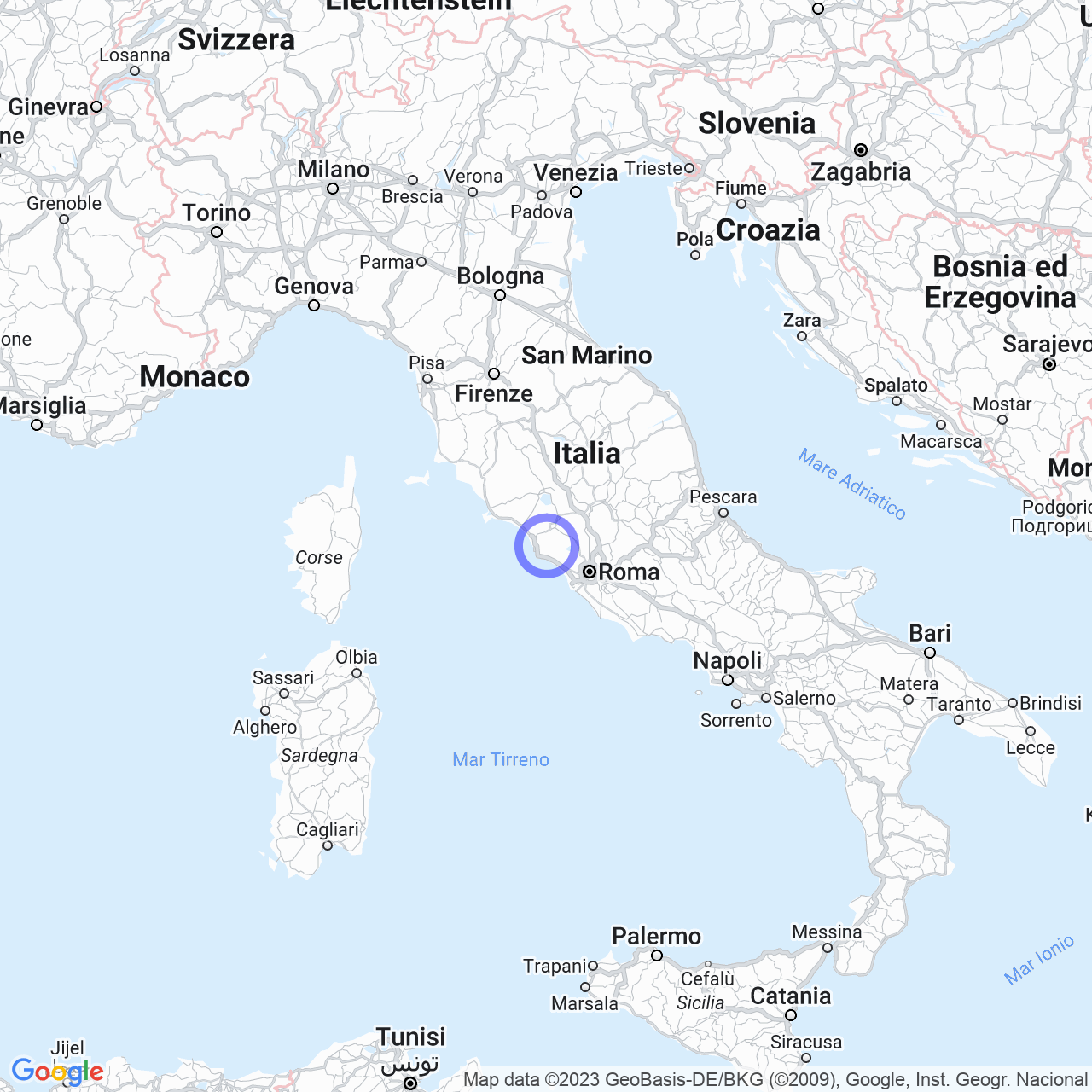Tolfa
Discovering Tolfa: a journey through history and nature
If you're looking for places to visit in Italy, we recommend taking a trip to Tolfa: a municipality of approximately 4,700 inhabitants located in the metropolitan city of Rome, in Lazio. In this article, we will guide you through this picturesque agricultural center of the Tolfa Mountains, telling you about its physical geography, the history of the territory and the origins of its name.
Physical geography
Tolfa, characteristically nestled against steep cliffs of trachyte, is located on the southern side of the Tolfa Mountains. The old part of the town is immediately below the Rocca Frangipane, now destroyed, and has a characteristic semicircular structure adapted to the shape of the conical hill; from it, three more recent appendages, protruding on the sides of the main access roads, branch out.
The territory of Tolfa extends to the Tyrrhenian coast, where the geographic fraction of Santa Severa Nord is located. After the constitution of the municipality of Santa Marinella, Tolfa lost access to the Tyrrhenian Sea, but there remain some rights of civil use at the mouth of the Rio Fiume.

Climate
Tolfa's climate falls within the D zone climate classification, characterized by hot and dry summers and cold and rainy winters. The average annual temperature is 15.1°C, while the average annual precipitation is 820mm.
Origins of the name
The origin of the name Tolfa is uncertain. One theory traces the term "Tolfa" to the word "tol-" (raise or lift) referring to the geographical position of the town. Other sources claim that the name Tolfa derives from the name of a Lombard prince, perhaps Agilulfo or Ataulfo.
History of Tolfa
The territory of Tolfa is well documented through archaeological findings, covering several historical periods. The Stone Age, particularly the Paleolithic and Neolithic eras, and the Copper Age are among the first documented periods. Later, the area was increasingly populated by villages, which gradually settled down. The full phase of the mid-tyrrhenic final bronze, exemplified by the bronze objects of the Coste del Marano deposit, is universally known as the "Tolfa phase."
Characteristic of the entire Tolfa Mountains territory, and shared with other inland areas of Etruria, is a period of apparent abandonment or less intense visitation, corresponding to the initial phase of the first Iron Age (10th century BC). After that, it was occupied by the Latins, Romans and Lombards. In 1454, the Municipality of Tolfa was founded before Napoleon Bonaparte suppressed all Italian municipalities with the decree of 1808, later suspended with the Restoration.
The nature of Tolfa
The presence of numerous metallic minerals has favored human settlement in the territory of Tolfa. The volcanic nature of the surrounding mountains gives an extraordinary landscape and a unique atmosphere. The Monti della Tolfa Natural Park oversees the most extensive area in the metropolitan city of Rome, characterized by incredibly suggestive natural panoramas.
Inside the park, a vast area is dedicated to mushroom picking and hunting. The fauna of the area is very diverse and wild, including wolves, wild boars, foxes, deer, birds of prey, and many other species of birds.
Conclusions
Tolfa is a perfect destination for those who love history, nature and tranquility. This small municipality in the province of Rome manages to captivate visitors with its historic-artistic heritage, in fact, the historic center is enriched with various monuments and testimonies of the past, and the beautiful nature that surrounds it, transforming a visit into a complete and unforgettable experience. Come and visit the city of Tolfa and discover its timeless beauty!
